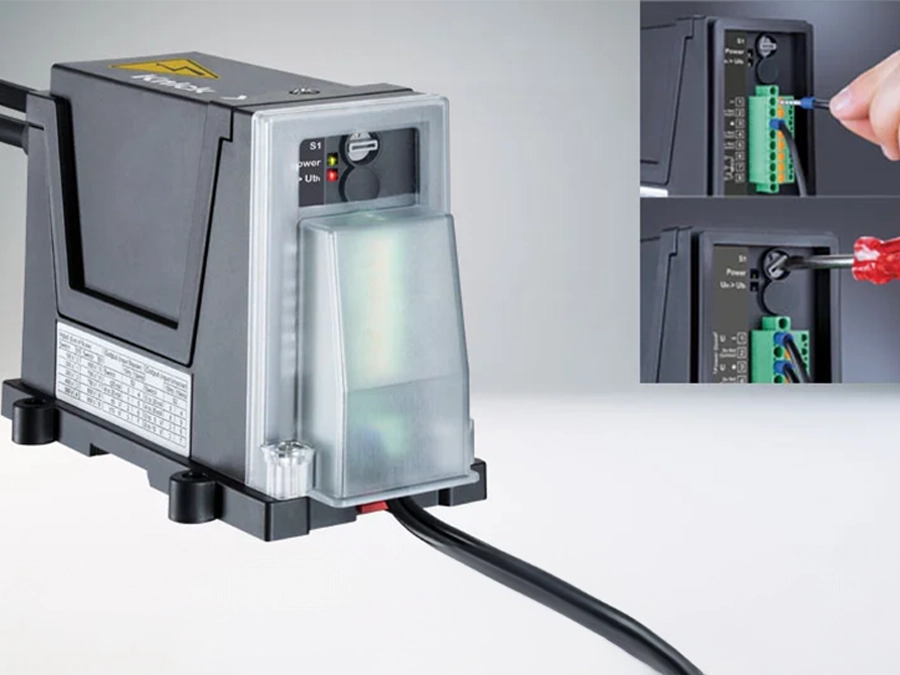A20400 Isolated Standard Signal Conditioner | Input 0(4) … 20 mA | Isolation up to 600 V | Load stop function
Description
The first decoupled passive isolator with load stop function to provide protective separation of 0(4) ... 20 mA standard signals.
- Extremely compact design
up to 320 channels per meter - 1- and 2-channel versions
cheap and flexible for a wide range of applications - Galvanic isolation
between the input and output protection against incorrect measurements or damage to the equipment due to parasitic voltages - Protective separation up to 300 V AC/DC according to EN 61140
to protect personnel and equipment - Load stop function prevents feedback
e.g. in the case of an open output circuit - No power supply required
Cost saving due to lower wiring effort no mains interference, no unnecessary self-heating and therefore maximum component service life - High accuracy
No distortion of the measurement signal - Maximum reliability
No repair and failure costs - International use
UL / CSA approvals - 5-year warranty
Thanks to an extremely high packing density of up to 320 channels per meter of mounting rail and outstanding technical properties such as protective separation, these isolators leave the competition in the dust – even when it comes to the price-performance ratio!
The A20400 draws its power as a voltage drop directly from the measurement signal without falsifying it. There are no costs for a power supply and wiring. The A20400 has virtually no self-heating that would cause the electronic components to age faster. Together with a patented circuit design, this means maximum reliability. The consequence of this extraordinary long service life: 5-year warranty!
We look forward to hearing from you!
Contact Us
| Product Category: | Isolated Signal Conditioner |
|---|---|
| Device Type: | Loop-Powered Isolators for Standard Signals |
| Input: | (±)20 mA, 4 … 20 mA |
| Output: | 0 … 20 mA, 4 … 20 mA |
| Working Voltage, Min.: | 50 V, 300 V |
| Test Voltage: | 2.5 kV, 510 V |
| Fault Class: | 0.1 %, < 0.5 % |
| Housing: | 6 mm Modular housing |
| Cutoff Frequency: | < 1 kHz |
| Power Supply: | Loop-Powered |
| Approvals: | CSA, DNV, UL |
| Product Line: | ProLine |






